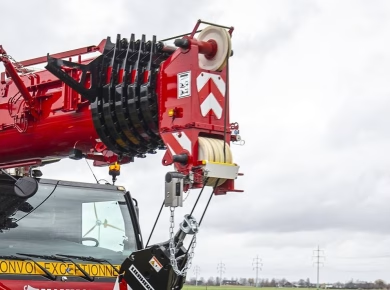As I wandered through my backyard, the sunlight filtering through the trees, I couldn’t help but feel a sense of connection to the feathered friends that clucked and pecked around me. Each chicken breed has its own unique personality, traits, and quirks that make them fascinating companions, as well as valuable contributors to any homestead or backyard farm. Choosing the right breed can significantly influence your experience, whether you’re raising them for eggs, meat, or simply for the joy they bring. With a plethora of chicken breeds available, delving into their characteristics can help you make informed decisions that align with your needs and lifestyle.
Understanding Chicken Breeds
When it comes to chicken breeds, the diversity is staggering. From the sleek and elegant Leghorns to the fluffy and adorable Silkies, each breed has distinct characteristics that cater to different purposes. To make the best choice, it’s essential to consider what you want from your flock. Are you looking for high egg production, hardiness in colder climates, or perhaps a friendly disposition? Knowing your goals will guide you in selecting the right breeds.
Egg Production
If eggs are your primary objective, breeds like the Rhode Island Red and the Australorp should be on your radar. Rhode Island Reds are known for their hardiness and ability to lay eggs consistently, even in less-than-ideal conditions. On average, a healthy Rhode Island hen can produce around 250-300 brown eggs per year. The Australorp, an Australian breed, takes the prize for egg production with some hens laying up to 350 eggs annually. These breeds not only provide a steady supply of eggs but also adapt well to various environments, making them excellent choices for both novice and experienced chicken keepers.
Meat Production
For those interested in raising chickens for meat, the Cornish Cross is the go-to breed. Known for their rapid growth and efficient feed conversion, these birds can reach market weight in as little as six to eight weeks. However, they require careful management to ensure their well-being, as their rapid growth can lead to health issues. On the other hand, if you prefer a more traditional approach, consider the heritage breeds like the Red Ranger or the Jersey Giant. These birds take longer to mature but offer superior flavor and a more robust constitution.
Personality and Temperament
Beyond the practicalities of egg and meat production, the personality of your chickens can greatly enhance your experience. Some breeds are more sociable and friendly, making them ideal for families or those looking to interact with their flock regularly.
Friendliest Breeds
Silkies are often regarded as one of the friendliest breeds. With their fluffy feathers and gentle demeanor, they’re perfect for children and first-time chicken owners. They enjoy human interaction and can even be trained to perch on your shoulder. Another great option is the Orpington, known for its calm nature and affectionate personality. These birds are not only good layers but also enjoy being handled, making them a joy to have around.
Independent Breeds
On the flip side, some breeds are more independent and may not seek out human interaction as much. The Araucana, known for its blue eggs, is a perfect example. While they are still friendly, they tend to be more reserved compared to their Silkie counterparts. Understanding these nuances will help you create a flock that fits seamlessly into your lifestyle.
Climate Considerations
Another crucial factor in choosing chicken breeds is your local climate. Certain breeds fare better in specific environments, and understanding these requirements can save you time and heartache.
Cold-Hardy Breeds
For those in colder climates, breeds like the Wyandotte and the Plymouth Rock are worth considering. They possess a good amount of body mass and feathering, which helps them withstand the chill. Wyandottes, with their striking appearances and calm demeanor, can continue to lay eggs even in winter months, providing you with a reliable supply year-round.
Heat-Tolerant Breeds
Conversely, if you live in a hotter climate, breeds such as the Leghorn and the Red Ranger excel in heat. Leghorns are known for their resilience and ability to thrive in warm conditions while remaining productive layers. Ensuring your flock is suited to your local climate not only enhances their well-being but also maximizes their productivity.
Space and Housing Needs
Understanding the space requirements and housing needs of different breeds is essential for their health and happiness. Some breeds require more space to roam and forage, while others adapt well to smaller enclosures.
Free-Range vs. Coop-Based
If you’re considering a free-range system, larger, active breeds like the Rhode Island Red or the Sussex are ideal. They benefit from having ample space to forage and exercise, which contributes to their overall health. On the other hand, if your setup is more confined, bantam breeds like the Serama can flourish in smaller environments while still providing companionship and occasional eggs.
Conclusion
The journey into the world of chicken breeds is as rewarding as it is enlightening. The right breed can transform your backyard into a vibrant, productive space filled with personality and life. Whether you prioritize egg production, meat quality, or companionship, understanding the traits and needs of various breeds will empower you to create a thriving flock. As you embark on this exciting adventure, remember to consider your unique circumstances and preferences. Each chicken is a unique individual, and choosing wisely will lead to a fulfilling experience that enriches your life and encourages a deeper connection to the natural world.


